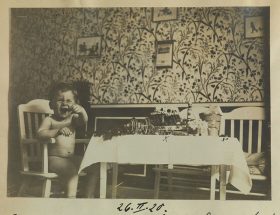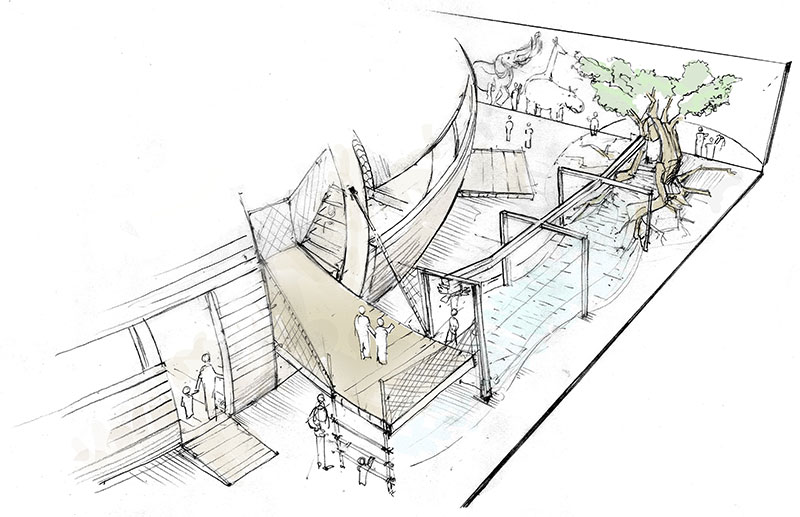Fritz Scherk and the history of a family business in Berlin

Fritz Scherk on his second birthday, Berlin, May 26, 1920; Jewish Museum Berlin, gift of Irene Alice Scherk, photo: Jens Ziehe
A beaming toddler sits naked on a lavishly laid birthday table, apparently having the time of his life. A photo like this could easily have been taken today, I thought, when I saw it in the diary that Ludwig and Alice Scherk kept for their son Fritz. In fact, the happy child would have turned 100 today. Being born in 1918 didn’t exactly promise a peaceful life, especially not for a member of a German-Jewish family. Actually the family’s second child had been planned for 1916, three years after the birth of their first son, but the outbreak of war got in the way. But on May 26, 1918, the time had come: Fritz was born next to his mother’s Bechstein piano—by candlelight because of the war, and just two minutes away from his parents’ business, the Scherk Perfumery on Kurfürstendamm. → continue reading
